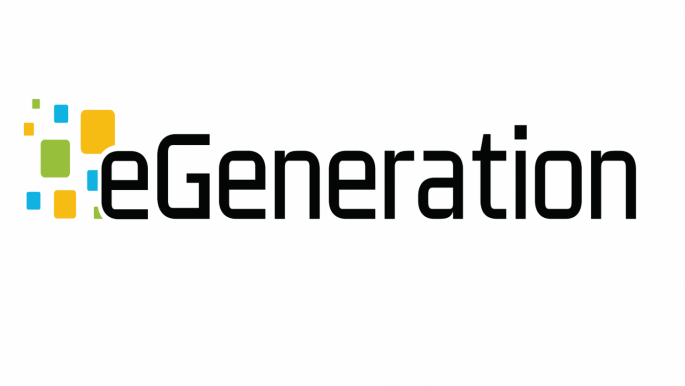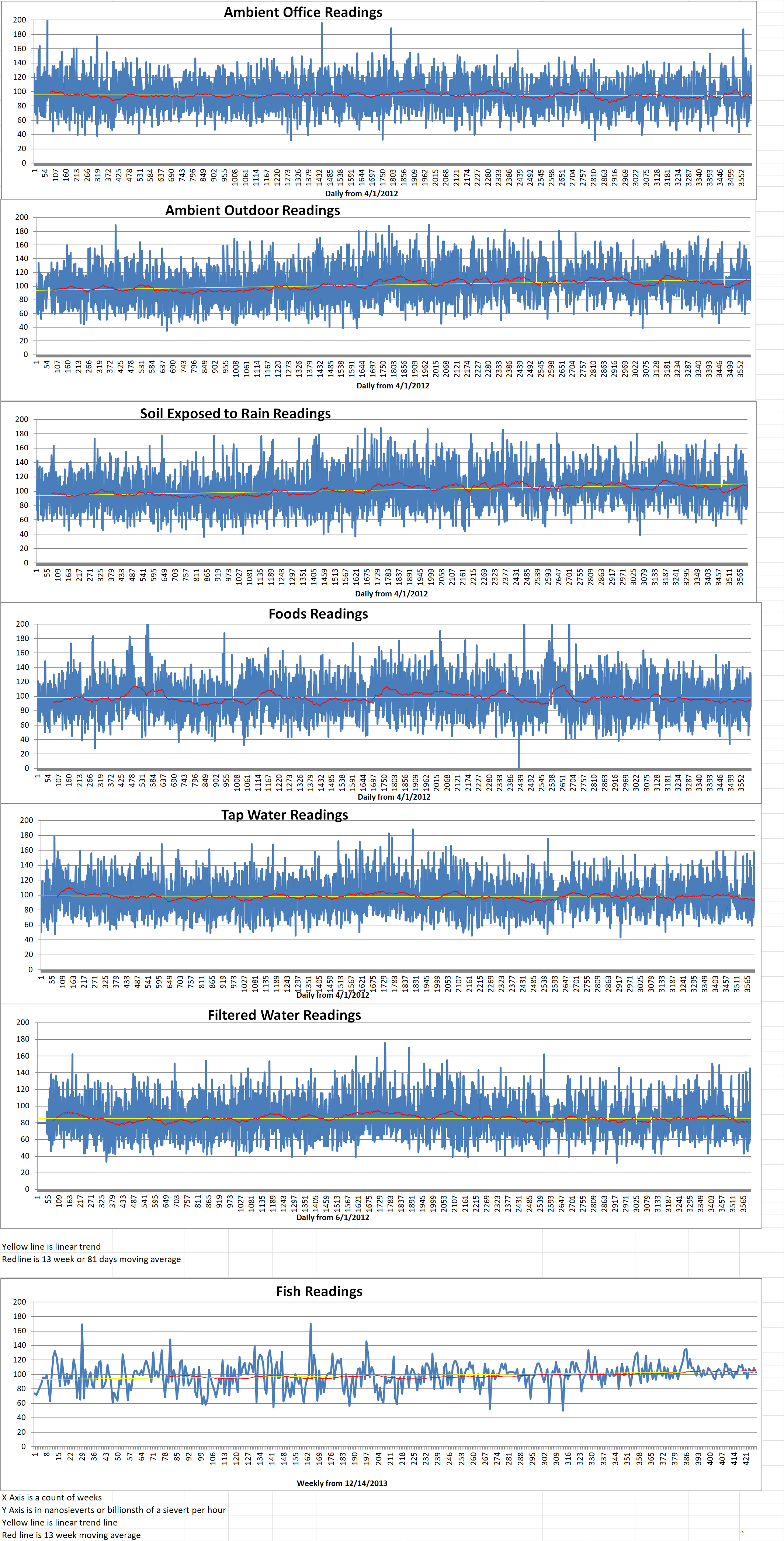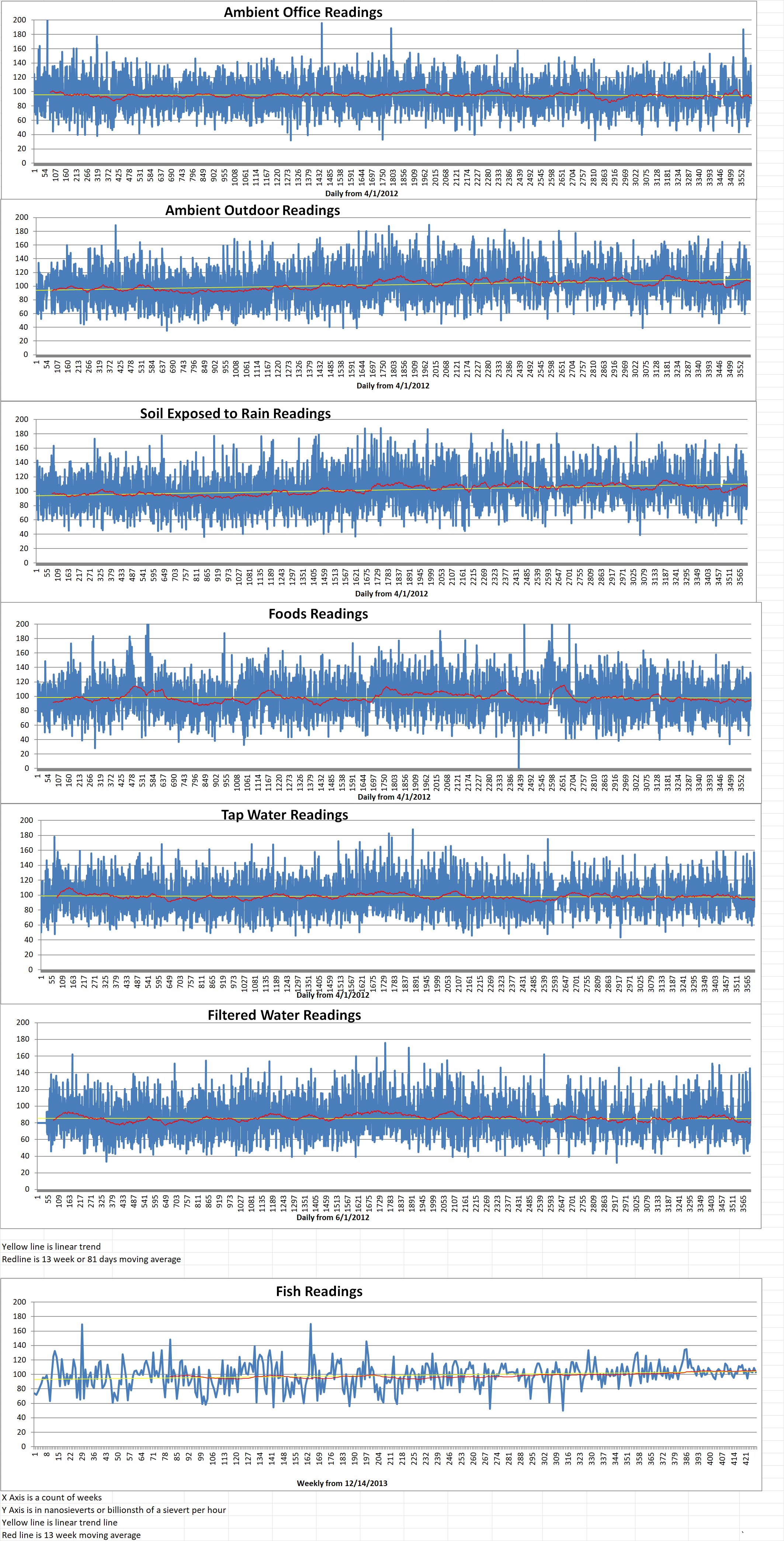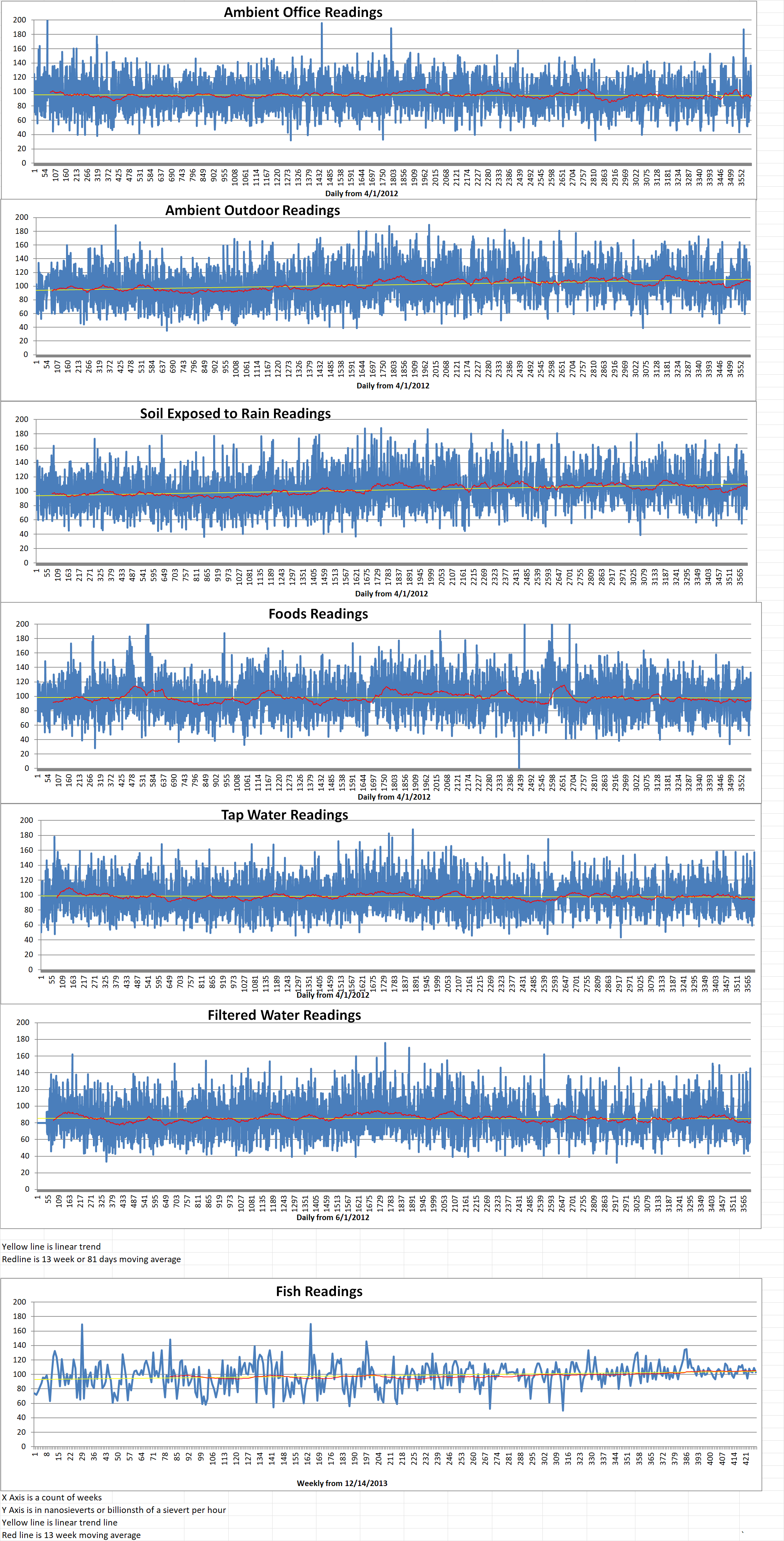Part 1 of 2 Parts
Three years ago, Ohio lawmakers tried to bail out the state’s aging nuclear power plants by passing a law intended to make utility customers pay more than one billion dollars in subsidies for these former FirstEnergy commercial nuclear power plants.
The nuclear subsidies called for by the bill were eventually repealed. Now some lawmakers are promoting legislation to aid private companies in developing a type of next-generation nuclear technology known as a molten salt reactor.
Ohio House Bill 434 does not include any direct funding for such reactors, but it would establish a state nuclear development authority meant to attract federal research contracts. It would also be eligible for state economic development funding. In addition, it would have the authority to purchase property.
Representative of a Cleveland-based nonprofit organization called eGeneration, testified in favor of the bill. They stress the potential benefits of developing the project in Ohio. Supporters of the bill say that the technology could generate carbon-free power for centuries using spent fuel depleted at convention nuclear power plant or by converting thorium into nuclear fuel.
Critics of the bill see it as another attempt by Ohio lawmakers to favor a particular form of power generation. They are also concerned about the possible lack of transparency with state economic development spending. Much of state spending is currently handled by a group that is not subject to the public records law of Ohio. The Ohio Nuclear Free Network said the bill was a “radioactive taxpayer subsidy.”
HB 434 would establish an Ohio nuclear development authority with members being appointed by the governor after a nomination process resembling that of the Public Utilities Commission of Ohio. The new nuclear authority would be inside the Department of Development of Ohio.
Dick Stein is a Republican representative for Norwalk and a sponsor of the bill. He said, “We want a voice to bring projects here to Ohio.” Ohio does not have a national laboratory or other consolidated entity to go after contracts for nuclear power development. Although there are potential suppliers in the state for such contracts. The bill might bring jobs and future economic development to the state. He also pointed out that the technology would not emit carbon dioxide.
The nuclear authority envisioned by the current bill would seek authority from the Nuclear Regulatory Commission (NRC) or the Department of Energy (DoE) for the development of advanced nuclear technology. It would also promote commercialization of that technology which could include the manufacture of components to treat, store and dispose of spent nuclear fuel. The nuclear authority would grant “priority to projects that reduce nuclear waste and produce isotopes.”
A molten salt nuclear reactor operated at Oak Ridge National Laboratory in the 1960s. Elysium Industries is a New York company working on an updated version of molten salt technology. It claims on its website that its reactor could run on spent nuclear fuel, depleted uranium or a mixture of uranium and/or converted thorium ore for up to ten thousand years. Ed Pheil is the chief technology officer of Elysium Industries. He urged Ohio lawmakers to pass HB 434. The process also allows for the extraction of medical isotopes said the bill supporters.
Jason Stephens is the Republican representative of Kitts Hill. He asked Williams Thesling, eGeneration executive chairman, “Is it fair to say that HB 434 would help cure cancer?” Thesling responded “Yeah.”
Sarah Spence is the executive director of the Ohio Conservative Energy Forum. She testified in favor of the bill. The group supports energy innovation in Ohio. It aims to promote an all-of-the-above strategy. Nonetheless, the group would have concerns if in practice the bill were used to subsidize one or two companies at the expense of competitors.
Please read Part 2 next
Blog
-

Nuclear Reactors 1024 – Ohio Legislature Working On Bill To Stimulate Molten Salt Reactor Research and Development – Part 1 of 2 Parts
-
Nuclear News Roundup May 11, 2022
Putin’s secret briefcase that could trigger a nuclear Armageddon and obliterate the West express.co.uk
Moscow in FLAMES: Huge fire rips through Russian capital after car explosions express.co.uk
Russian TV host refuses to apologize for report on mock nuclear attack on Ireland irishtimes.com
Nuclear bomb blast simulator allows you to see what a strike on your hometown might look like pennlive.com
-

Geiger Readings for May 11, 2022
Ambient office = 83 nanosieverts per hour
Ambient outside = 93 nanosieverts per hour
Soil exposed to rain water = 97 nanosieverts per hour
Red bell pepper from Central Market = 87 nanosieverts per hour
Tap water = 85 nanosieverts per hour
Filter water = 77 nanosieverts per hour
-

Nuclear Reactors 1023 – Tractebel Is Working On The Nuward Small Modular Reactor Project For France
Tractebel is going to contribute to the development of France’s Nuward small modular reactor (SMR) project. The Belgian engineering company will carry out studies for the completion of the conceptual design of “the first SMR is the European Union.
The French Nuward project was launched in September 2019 by the French Alternative Energies and Atomic Energy Commission (AEC), EDF, Naval Group and TechnicAtome. The Nuward consists of a three hundred and forty megawatts SMR plant with two pressurized water reactors (PWRs) generating one hundred and seventy megawatts each. The project has been jointly developed based on France’s experience in PWRs. The CEA has contributed to the development of the Nuward design with expertise in research and qualification. The EDF has aided through its experience in systems integration and operation. Naval Group has contributed its structure and modular experience to the project. TechnicAtome will provide its compact reactor design experience.
Centre National d’Equipement de Production d’Electricité (CNEPE) is EDF’s engineering center located in Tours, France. Tractebel has signed a contract with CNEPE to conduct conceptual design studies for parts of the conventional island or turbine hall, the balance of plant water intake and servicing system and the 3-D modeling of the buildings housing these systems. The contract will run until October of 2022.
Tractebel experts will manage interfaces with the different partners in Nuward to ensure that the data received or provided are communicated clearly and in a timely fashion. They will also be responsible for the civil engineering preliminary studies and the evaluation of costs related to Tractebel’s scope. In addition, Tractebel will draw up the site layout in conjunction with the other Nuward partners. Tractebel said that its engineers have already carried out technical and economic studies to confirm several design options.
Sébastien Pageaud is the Tractebel Project Manager. He said, “We are proud to take part in the development of one of the first SMR designs in Europe that will contribute to the EU’s carbon-neutrality by 2050 objective. The project requires diverse engineering skills (systems, civil, 3-D modeling, etc.) that we can provide to Nuward. Around 20 of our engineers are currently working on the project. We look forward to continuing to support EDF and its partners in delivering the Nuward project successfully.”
The next phase of the project will be the basic design completion. It is expected to start in 2023. Tractebel said that it is currently mobilizing its resources to support EDF during this phase. They will be working in fields of systems studies and civil and layout engineering as well as conducting the electrical and safety/licensing studies.
The Nuward partners intend to complete the basic design of the Nuward system between 2022 and 2025. The design should enter the “advanced concept between 2025 and 2030. During this time the design is expected to b e certified and the supply chain developed. Construction of a demonstration Nuward SMR is scheduled to start in 2030 and take three years to complete. -
Nuclear News Roundup May 10, 2022
North Korea fires 3 ballistic missiles amid 1st virus outbreak abcnews.go.com
Nuclear plant owner Talen Energy Supply files for bankruptcy standardspeaker.com
Public meeting planned to discuss Cooper Nuclear Exercise ncnewspress.com
Iran detains 2 Europeans; EU envoy in Tehran about nuke deal abcnews.go.com
-

Geiger Readings for May 10, 2022
Ambient office = 113 nanosieverts per hour
Ambient outside = 80 nanosieverts per hour
Soil exposed to rain water = 80 nanosieverts per hour
Lime from Central Market = 121 nanosieverts per hour
Tap water = 108 nanosieverts per hour
Filter water = 80 nanosieverts per hour
-

Nuclear Reactors 1022 – U.S. Senate Working On Security Of Uranium Supplies
Jennifer Granholm is the U.S. Secretary of Energy. She told the U.S. Senate Energy and Natural Resources Committee (SENRC) that the U.S. Department of Energy (DoE) is drafting a plan for a “broad uranium strategy” to ensure a steady supply of uranium to meet national requirements. The strategy work is being led by Katheryn Huff who was appointed as Assistant Secretary for Nuclear Energy. Her appointment has been confirmed by the Senate.
Granholm testified at the SENRC May 5th meeting on the U.S. Administrations budget request for the DoE for fiscal 2023. Joe Manchin in the chairman of the SENRC. During the hearing, Manchin highlighted the need for the U.S. to strengthen its energy and national security by eliminating the reliance on resources from “hostile” nations. He asked how the budget request would help reach that goal.
Manchin said that “The ongoing crisis in Ukraine is severe.” He added that Russian President Vladimir Putin had used energy as a weapon to leverage power over European democracies, “and intends to do the same globally, using Russia’s abundant energy resources.”
In order to counter this, the U.S. has already taken steps such as banning the import of Russian oil, petroleum products, LNG, and coal, while also authorizing additional LNG export capacity. He added, “These are critical moves to stop funding Putin’s brutal war on the Ukrainian people – but there is more we can and must do.”
During her testimony, Granholm spoke of the “enormous consequences” of Russia’s invasion of Ukraine on the future of energy. She said, “Stated bluntly, the situation in Ukraine and the impact on gas prices has highlighted the national security importance of our energy investments.” The fiscal year 2023 request includes new and expanded investments to increase energy security and deploy domestically produced clean energy.
Senator John Barrasso is the most senior Republican on the SENRC. He asked Granholm if U.S. President Biden would ban imports of Russian uranium. Granholm replied that “I’ll let the president make that statement, but I can say that this is a point on which I think we have a lot of agreement. We should not be sending any money to Russia for any American energy or for any other reason.”
The DoE has established a team led by Huff to develop a full uranium strategy through an interagency process. Granholm said, “We want to make sure, for example, that we are able to supply HALEU (high-assay low-enriched uranium) as well as low-enriched uranium to our civilian nuclear fleet. If we move away from Russia, we want to make sure we have the ability to continue to keep the [nuclear generating] fleet afloat.”
Granholm said that “Dr Huff has been a trailblazer for her entire career in nuclear engineering, and she brings endless enthusiasm and curiosity to her work. She is an invaluable leader in our work to tackle the climate crisis, increase our energy security and independence, and provide affordable, reliable energy for all Americans.”
More information about the uranium strategy is likely to be announced in the next month or so, said Granholm. It will also cover establishing a full U.S. supply chain for high-assay low-enriched uranium (HALEU). Granholm also confirmed to the SENRC that the DoE would purchase uranium to add to the U.S. strategic uranium reserve during the current calendar year. Congress allocated seventy-five million dollars for the reserve in 2020.
The U.S. currently imports most of the uranium used in commercial nuclear power reactors. According to records from the U.S. Energy Information Administration, forty seven percent of the uranium purchased in 2020 by owners and operators of the U.S. nuclear power fleet came from Kazakhstan, Russia and Uzbekistan. Uranium from Canada and Australia together made up thirty four percent. -
Nuclear News Roundup May 09, 2022
South Korea seeks to resume construction of 2 nuclear reactors in 2025: Report business-standard.com
Educate people on nuclear war m.lasvegassun.com
‘Downwinders’ from Utah, Nevada may get extended relief deseret.com
-

Geiger Readings for May 09, 2022
Ambient office = 96 nanosieverts per hour
Ambient outside = 93 nanosieverts per hour
Soil exposed to rain water = 102 nanosieverts per hour
English cucumber from Central Market = 97 nanosieverts per hour
Tap water = 135 nanosieverts per hour
Filter water = 117 nanosieverts per hour
-
Nuclear News Roundup May 08, 2022
IAEA’s Grossi still hopes for mission to Zaporizhzhia world-nuclear-news.org
Westinghouse Electric’s parent company wants to put the nuclear company on the market post-gazette.com
New president Yoon Suk-yeol has pledged to ‘dramatically strengthen’ defenses ft.com
Satellite images suggest China may have developed new class of nuclear-powered submarine foxnews.com
